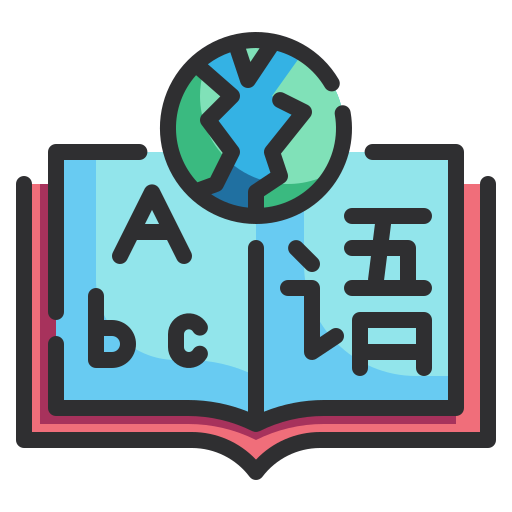Example Lesson Plan: Advanced ESL
Reductions Lesson Plan
Concept / Topic to Teach:
Reductions - Recognizing and Understanding Common Reductions
General goals:
After completing this lesson, students will be able to recognize, identify, and correctly use reductions in every-day conversation.
Specific Objectives:
Students will be able to follow the patterns of reductions in order to reduce words as well as identify and understand the unreduced forms of the reductions being used. Students will be better able to recognize when fluent speakers are using reductions, as well as understand their meanings when being used by others in conversation.
Required materials:
Missing-information reductions worksheet; video-clips with uses of reductions and transcripts
Anticipatory Set (Lead-In): How will you introduce your topic?
Does anyone know what a reduction is? Can anyone tell me anything you might already have heard about reductions? *wait for answers*
Reductions are used by fluent English speakers and often affect how well English learners can understand fast-paced conversational speech. Reductions are basically fluent English speakers combining and shortening common words in order to say them more quickly - it’s English speakers being lazy! But these small changes that they make to common words can make it very difficult to understand what they are saying, so this is an important for your listening comprehension. ALL native English speakers do this without even thinking about it - you have all heard reductions before! When in normal conversation, people don’t enunciate words very clearly - reductions are words blurring together. Learning about the patterns of how reductions are formed and used will help you all to better understand English speakers when they are talking quickly.
Step-by-step Procedures:
Have the power point ready from the beginning of class. Do the anticipatory set with the first slide on the power point. Then go through the rest of the power point: the lecture should last about 15 minutes, explaining the basic patterns and concepts of reductions. After all the foundation of reductions has been put into place, have the students put themselves into pairs or groups of three and pass out the short information-gap worksheet on reductions. Instruct them to work in their groups to fill in all the missing information, and encourage them to keep in mind that reductions all follow patterns and that they should pay attention to this to fill in the missing gaps. This worksheet should not take more than 5 to 10 minutes. As a class, go through the worksheet, having students volunteer the answers they used for each of the gaps. Note if there are any patterns in mistakes - if so, review the trouble areas for another three to five minutes.
*transition* So, now that you all know how reductions are formed, let’s practice recognizing when speakers are using reductions. Remember, they are used unconsciously and normally the speaker is talking quickly, so you’ll have to be paying close attention.
Hand out transcripts of the video dialogue, however have all the reductions typed out in their unreduced forms. Instruct students to mark on the transcripts where reductions are actually being used - have them circle the unreduced forms that are actually reductions in dialogue. Play the video twice.
Depending on timing, have a second video prepared but with no transcripts for the students. Before playing the video, instruct the students to note at least three instances in which reductions are used (they should write out the whole sentence with the reduction in it). This video should be at least four or five minutes long with several uses of reductions, so that students don’t get flustered writing them out. Have students share out loud which examples of reductions they heard.
Closure (Reflect Anticipatory Set): How will you end your lesson?
There are a lot of things that native English speakers do to change the pronunciation of words without ever realizing it. As you all know, this makes for a lot of challenges for non-native English speakers and their listening comprehension. Reductions are used every single minute and people don’t even realize that they’re doing it. Do you all feel a little bit more comfortable now about recognizing when native speakers are using reductions? Do you understand their meanings a bit more? I want you all to hang onto your reductions information sheets for activities we will be doing in class next week. Look them over, maybe even start using reductions yourself in conversation, get some practice with them, and bring them back next week!
Assessment Based on Objectives: How will you as the teacher know if the student learned anything?
As a teacher, one should be monitoring the differences in student listening comprehension of reductions from the beginning of class to the end of class. The information gap worksheet will show the teacher if the students understand the format and structure of reductions - how to form them and how to pick apart their meanings. The video-listening exercise with the transcript will show the teacher whether or not students are picking up on identifying when native-speakers are using reductions.

